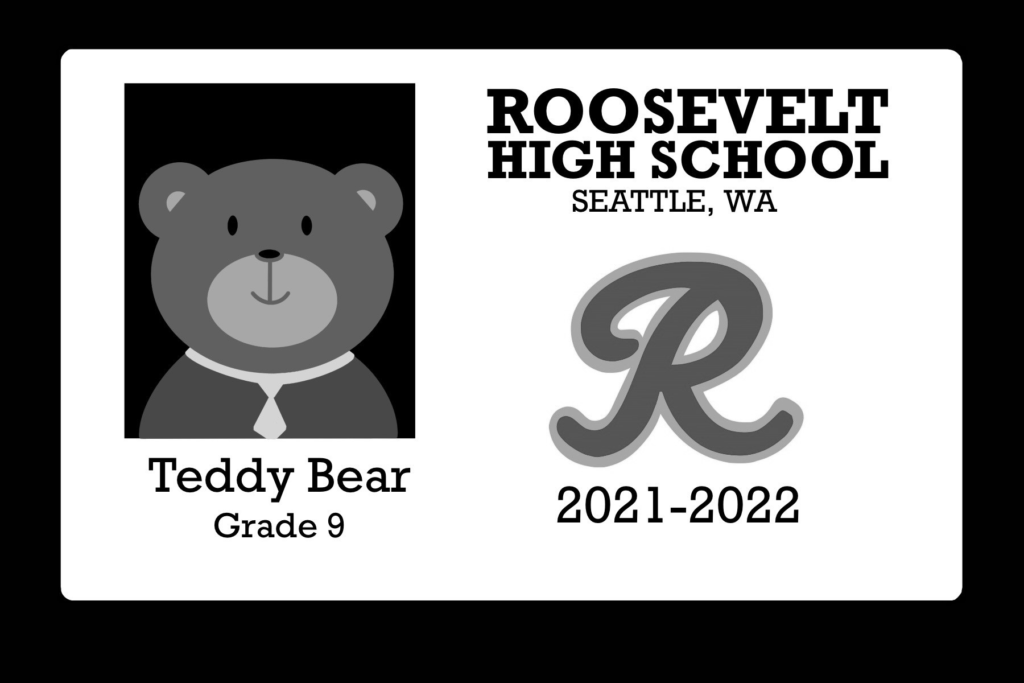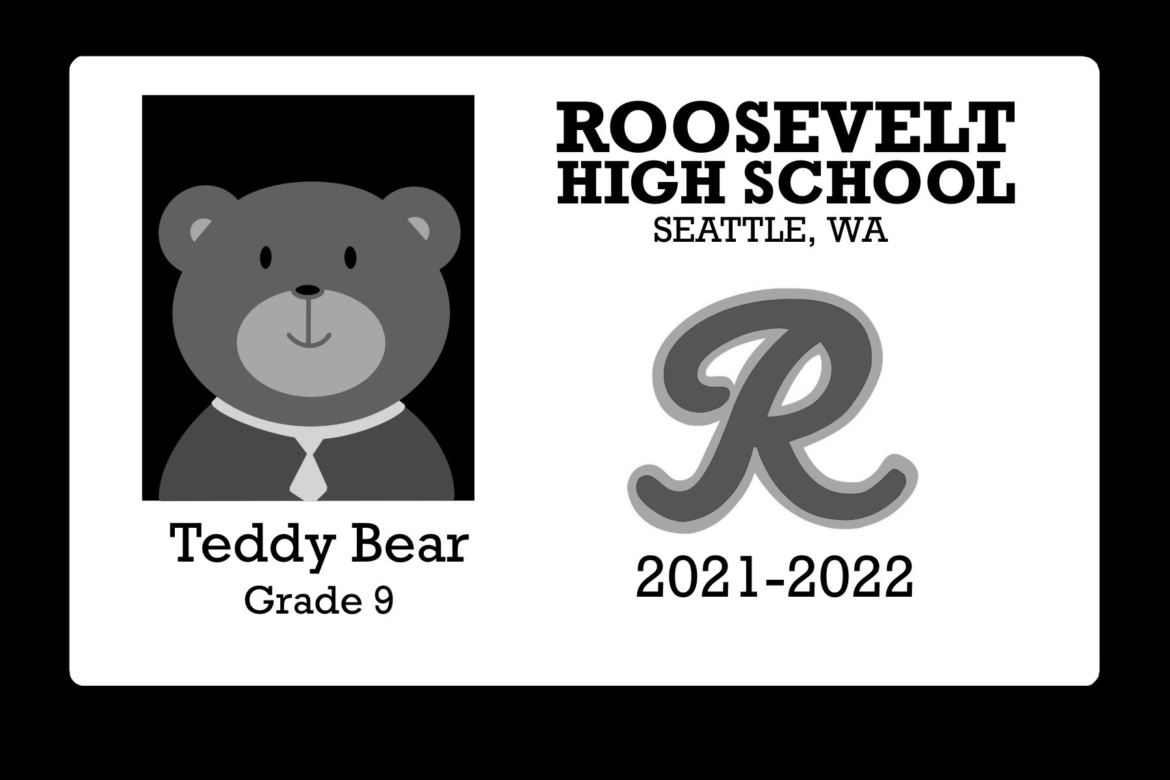
Over 60% of the student body has bought a Roosevelt Associated Student Body (ASB) card. For fifty dollars, it gets students a small sticker on their ID that can save a few dollars on admissions into football games and dances. But why does Roosevelt sell ASB cards, and how do students benefit from them?
An ASB program is anything extracurricular and student-driven, such as sports, clubs, or academic-related programs like newspaper, theatre, or yearbook. All of the money raised from selling student ASB cards goes into the ASB fund. Monetary resources are then distributed into each program’s individual account through requests that are approved by leadership.
“All groups have to do their own fundraising for their individual accounts,” says Katelyn Plesha, the Activity Coordinator for Roosevelt. Plesha continues, “Groups can access ASB funds by requesting them for things that are special instances, that are out of the ordinary, that are outside of what they budgeted for the year.”
Skylar Dukes, senior and Associated Students of Roosevelt (ASR) Treasurer, says that ASR has budget meetings every Monday to discuss and vote on requests for funding. They make sure the program adheres to the acronym C.A.R.S.: it must be for cultural, athletic, recreational, or social purposes. Although, she says, “Most of [each program’s] spending comes from fundraisers they do themselves.”
Rayna Bauer, Roosevelt’s Fiscal Secretary, says the school keeps track of where ASB money is spent, but requesting that information would require several months of audit. In coming years, she hopes to develop a system to more easily view ASB expenditures for each program. She emphasizes, “Not a penny of ASB money can be spent without the signature of the ASB Treasurer.”
Theatre is one of many programs that doesn’t spend any ASB money raised by activity cards. Katie Greve, Theatre Director for Roosevelt, says, “We don’t see [ASB money] in the theatre because our ticketing sales pretty much keep us afloat along with a lot of fundraising throughout the year.”
Orchestra also fundraises for most of their expenses. Students paid $1,600 each for trips to New York City and Bellingham, and the boosters program covered scholarships. Greve emphasizes, “No, the theatre program or the music program doesn’t get an unfair share of ASR monies. It’s all self-sustaining and self-fundraised.”
A large portion of ASB money is spent on sports programs. ASB money is distributed to sports programs for equipment and other materials and services necessary to run practices. Ticket sales at the game pay for field workers, referees, and permits for the field. Student athletes, like the majority of other ASB program participants, are required to purchase ASB cards at the beginning of the year.
School events, such as dances and field days, also rely on substantial ASB money. Without activity cards, those events would not be possible.
During online learning last year, COVID-19 disrupted ASB funding. Many groups weren’t active, so there was much less money circulating in general. This created a challenge for programs like theatre that rely on ticket sales to support the program. When hybrid school started halfway through the 2019-20 school year, ASB sold cards because sports needed the money. However, only 386 cards were sold, compared to over 1,000 in a normal year.
Many students have economic hardships that inhibit their ability to purchase an ASB card, and more than 11% of students qualify for free or reduced lunch. Students who qualify for free or reduced lunch are eligible for free entry to sports games and other school events, which means they don’t need to buy an ASB card. If a student qualifies for free or reduced lunch, they can talk to the staff at the event and will be let in for free. Plesha says, “Some students know that, but not enough students know that.”
ASB has been unclear about where the money is used, which leads many students to not know why they buy ASB cards. Many think that the system needs to be more transparent. Plesha says, “I definitely think that it should be more transparent, it’s really clear that it’s confusing, and a better understanding of where the money is going and how it benefits students would be helpful.”
Overall, ASB cards benefit students who pay for them. A fifty dollar fee goes into extracurriculars and school events, and supports students who are unable to pay for an ASB card.

